Toy photographers that focus on LEGO really have it made. With a pile of bricks at their disposal, they can build anything their imagination can dream up. Photographers focused on more than minifigures, however, need to find their own building blocks to bring their creative visions to life.
This is where a 3D Printer can be an extraordinary tool to have in your kit. But should you buy a 3D printer for your toy photography? Answering this question requires weighing the pros and cons of 3D printing as these machines are not for the faint of heart.
Printing Possibilities
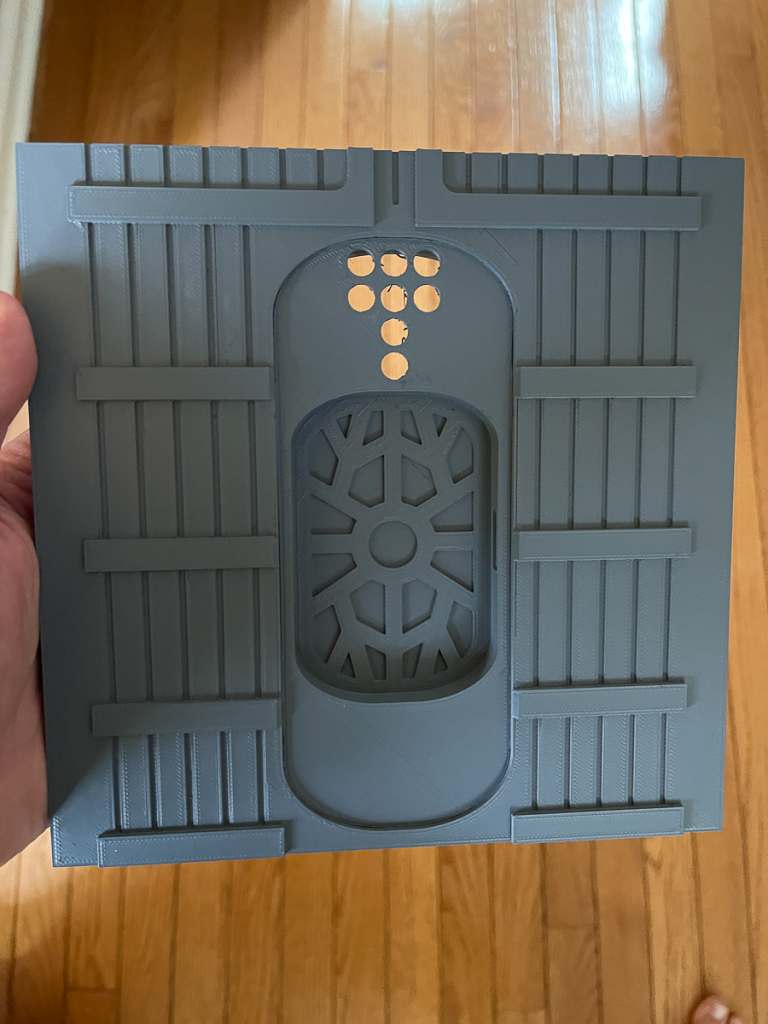
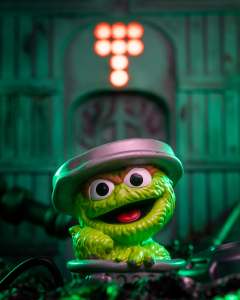
Having a 3D printer for toy photography feels like you’ve been granted magical powers. From thin air, you can conjure up props, dioramas, figures, you name it. Just snap your fingers, and hours later (sometimes days) and a 3D printed model appears before you.
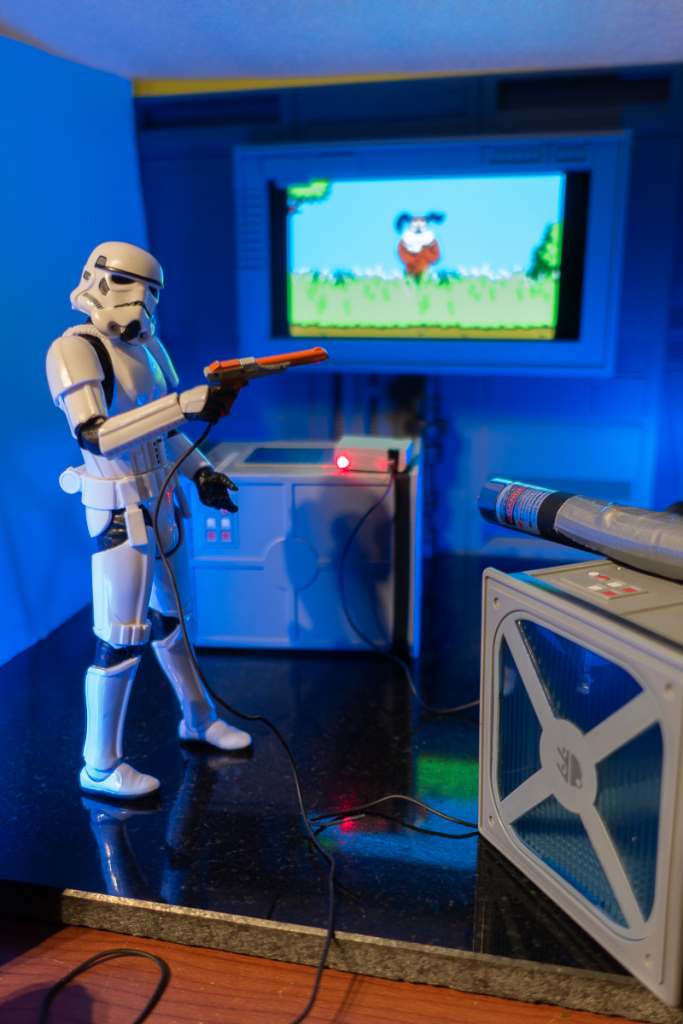
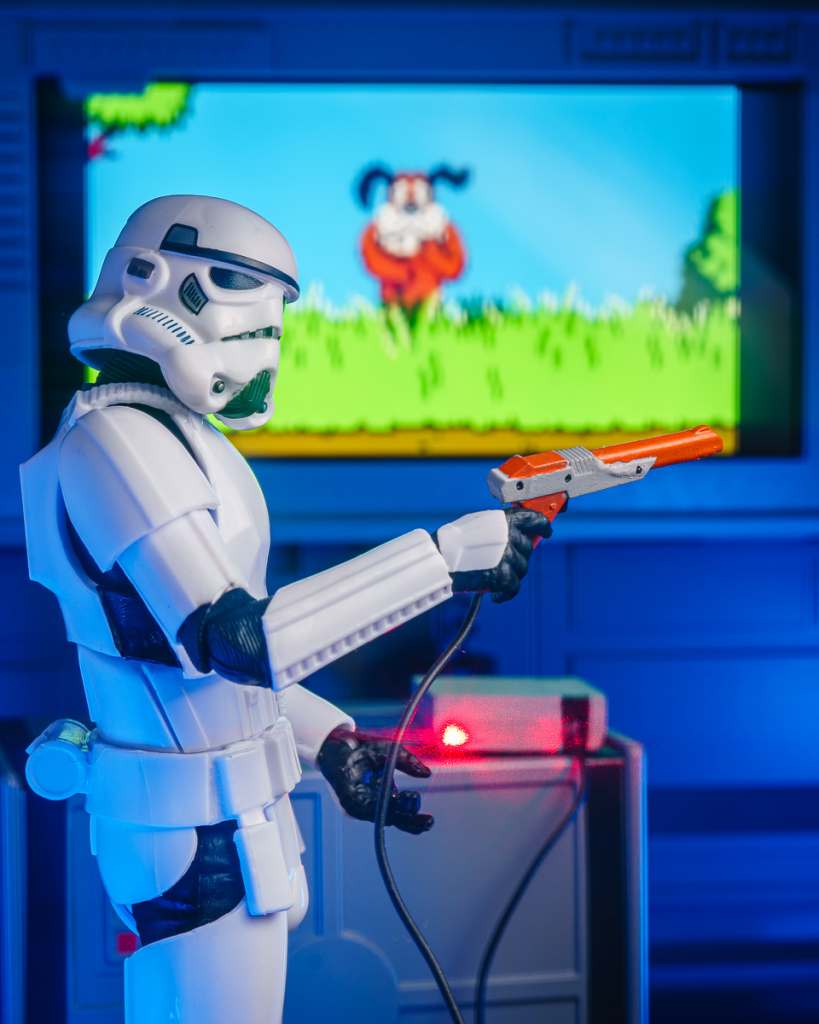
While the actual process may not be quite that simple, 3D printing is truly a wonder for toy photography. Almost any time you wish you had something specific to include in your photo can be answered with 3D printing. Perhaps you want a classic, Nintendo Entertainment System and Zapper for a stormtrooper to practice their marksmanship. With 3D printing, you can make it happen.
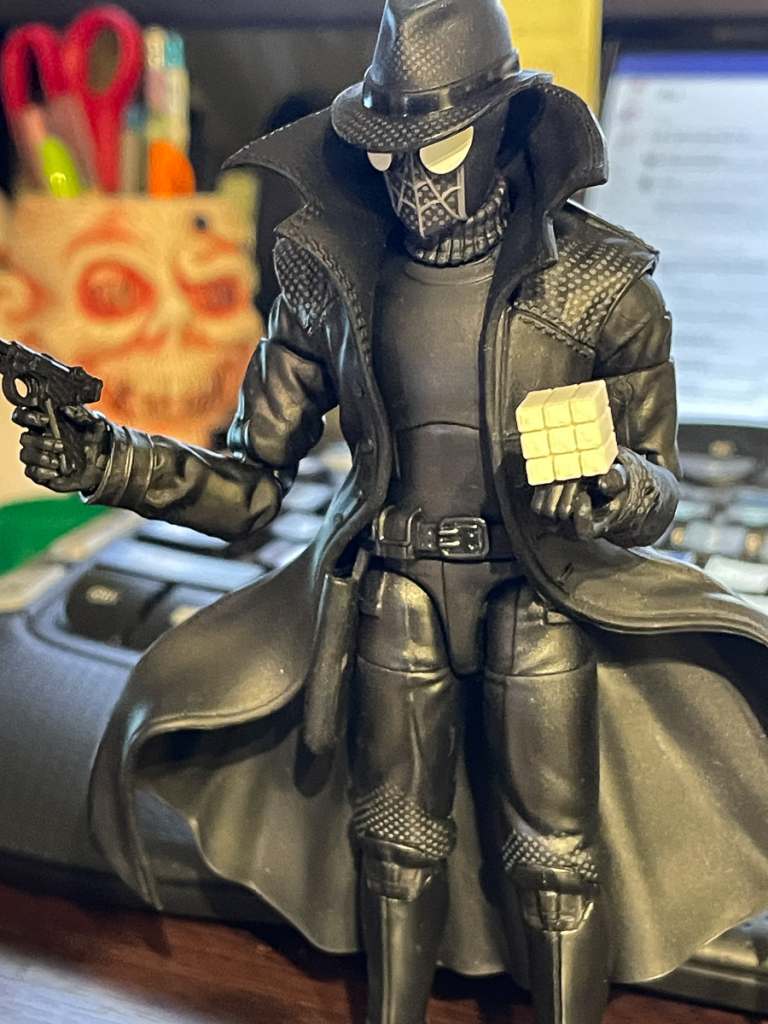
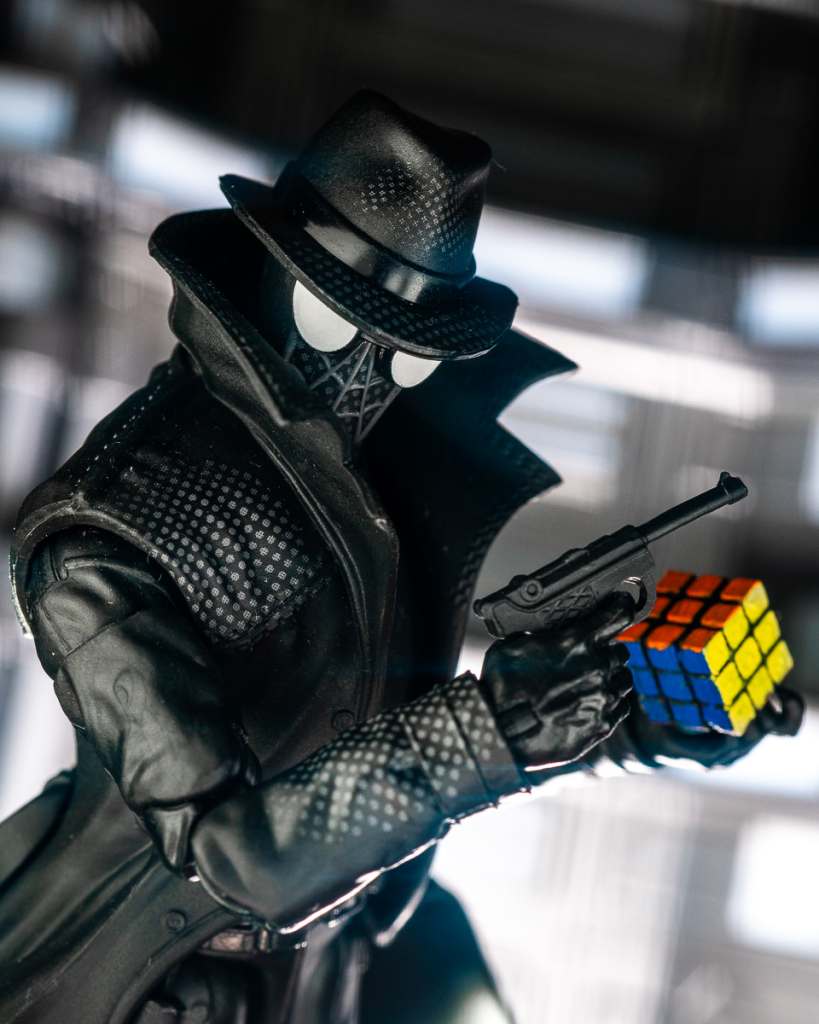
Hasbro neglected to include a Rubik’s Cube with Spiderman Noir? 3D printing to the rescue.
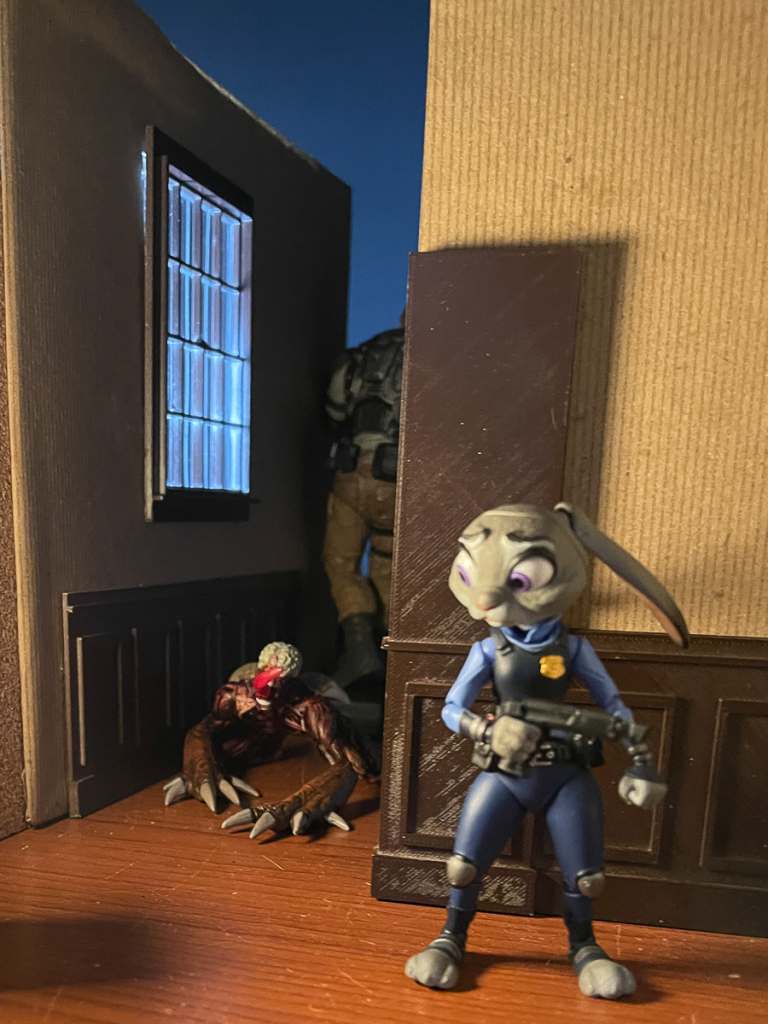
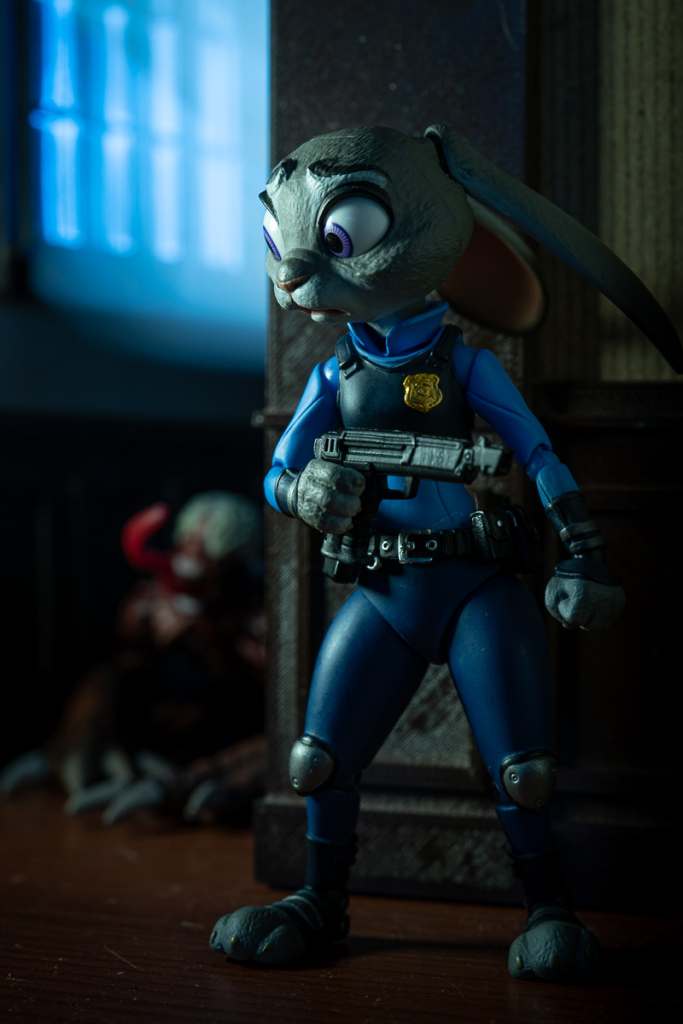
Need a hallway for Judy Hopps to hide from monsters? Just go ahead and print yourself one.
3D Printing can literally build worlds for your toy photography. Resources such as Thingiverse host countless free 3D files for download and numerous sites offer 3D models for sale. There are even paid, subscription sites, like Patreon, that supply a continuous flow of new models to enhance your photography. Chances are if there is something you want for a particular image, there is a model of it out there available for you.
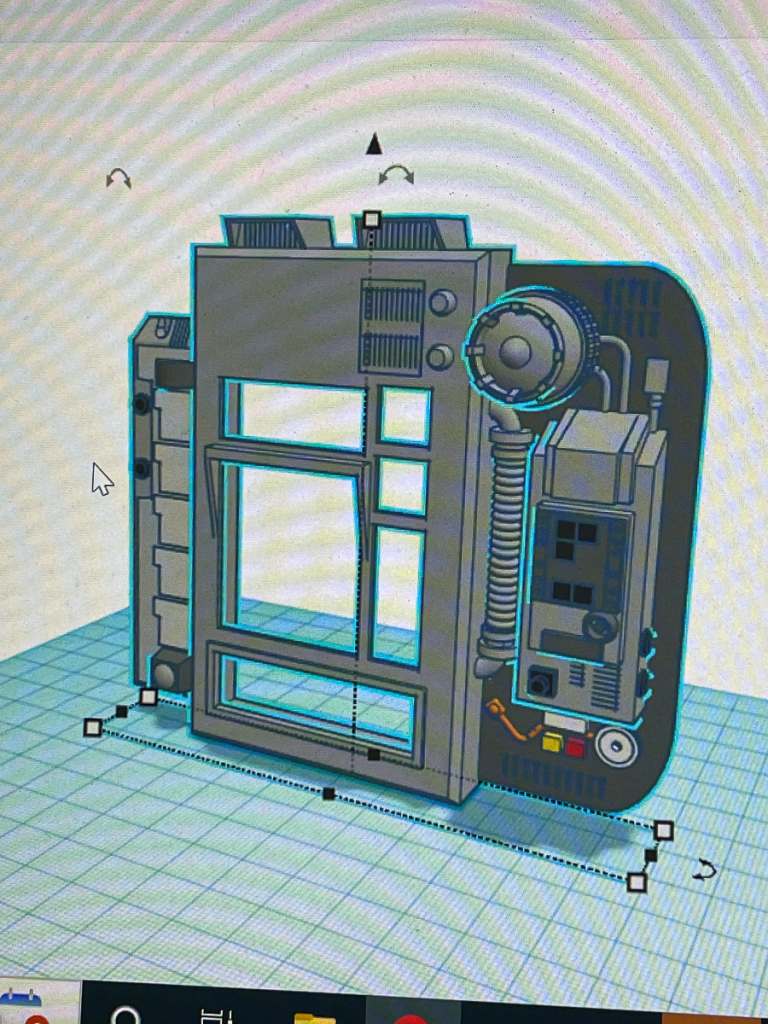
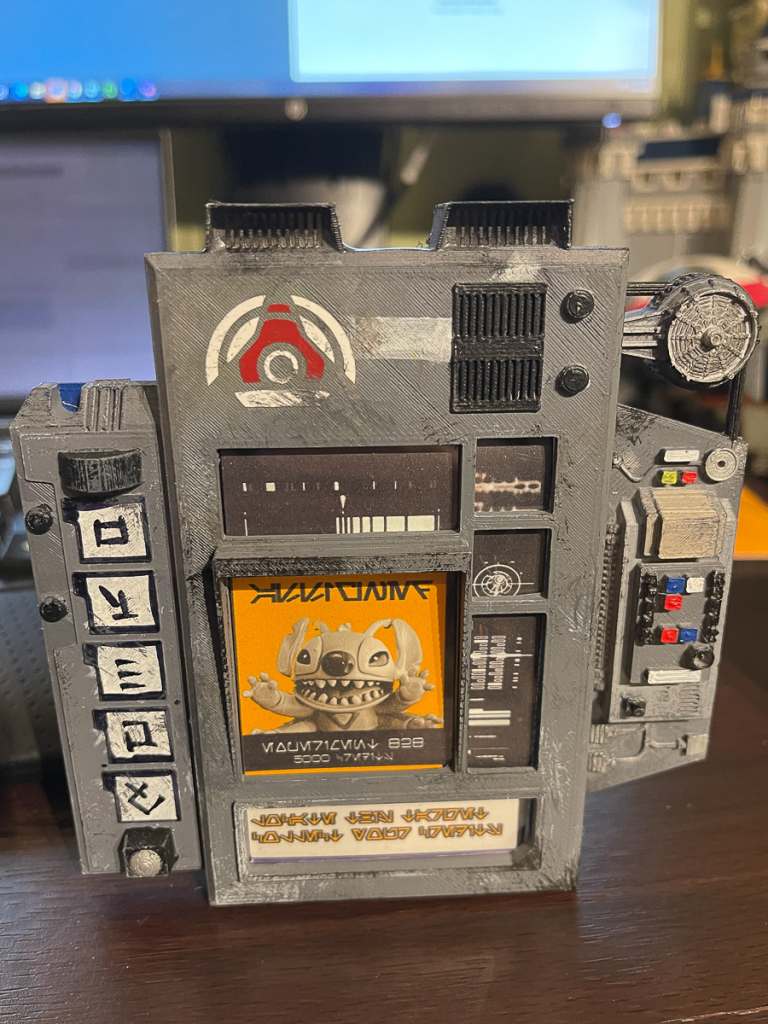
If you can’t find what you are looking for there are even free programs like Tinkercad that allow you to create your own 3D models.
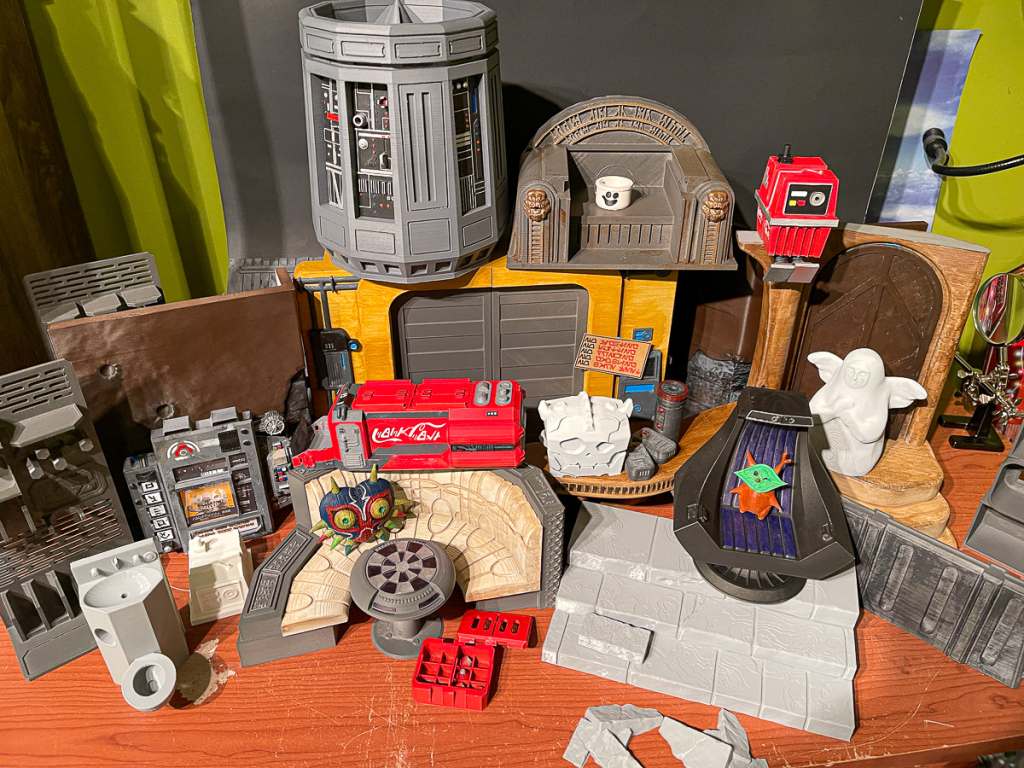
3D printers can be an absolute boon for toy photography. But as magical as these machines can be, this great power comes at a cost.
Patience, Patience, and more Patience
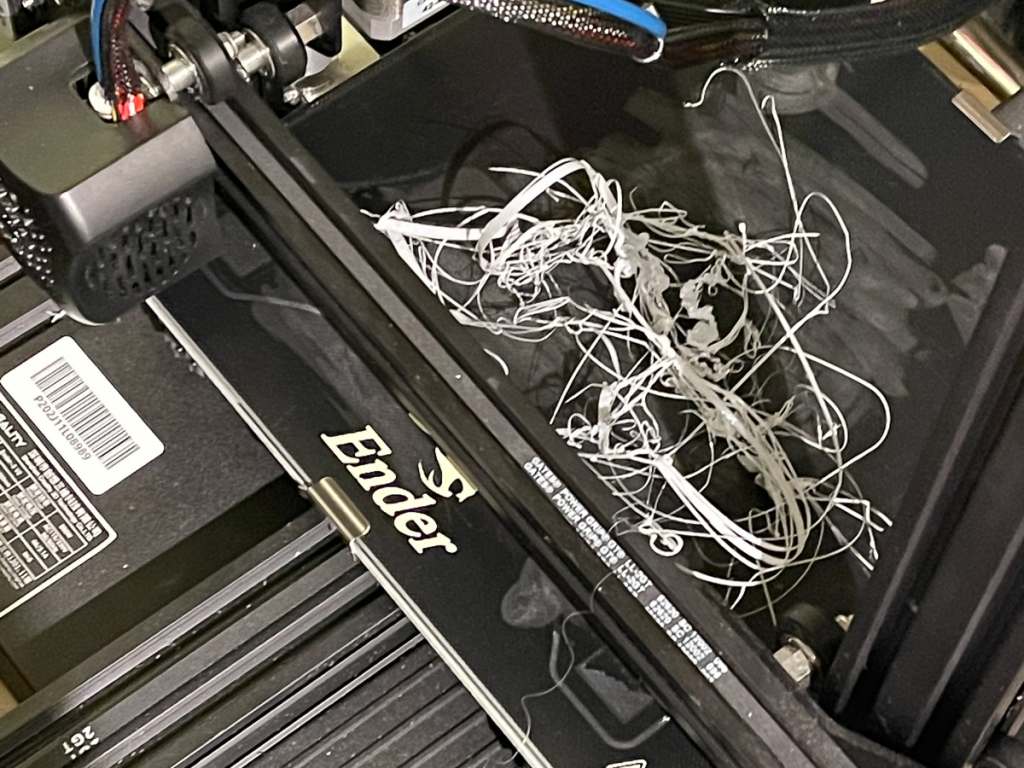
Getting started with 3D printing requires an investment, and I am not just talking about money. The cost of printers ranges greatly, but that entry price pales in comparison to the investment of time and patience required for 3D printing. Here is where I caution toy photographers to proceed with care. If you don’t have room to add a new hobby to your life, 3D printing may not be a wise route to explore.
Getting up and running with 3D printing will take time to get acclimated. There is software to learn, constant tinkering and fine-tuning of your printer, and frequent, frustrating roadblocks when your printer refuses to cooperate. Troubleshooting a failed print can lead you down a rabbit hole of potential causes, and in my experience, can often end up in the need to replace a part or two.
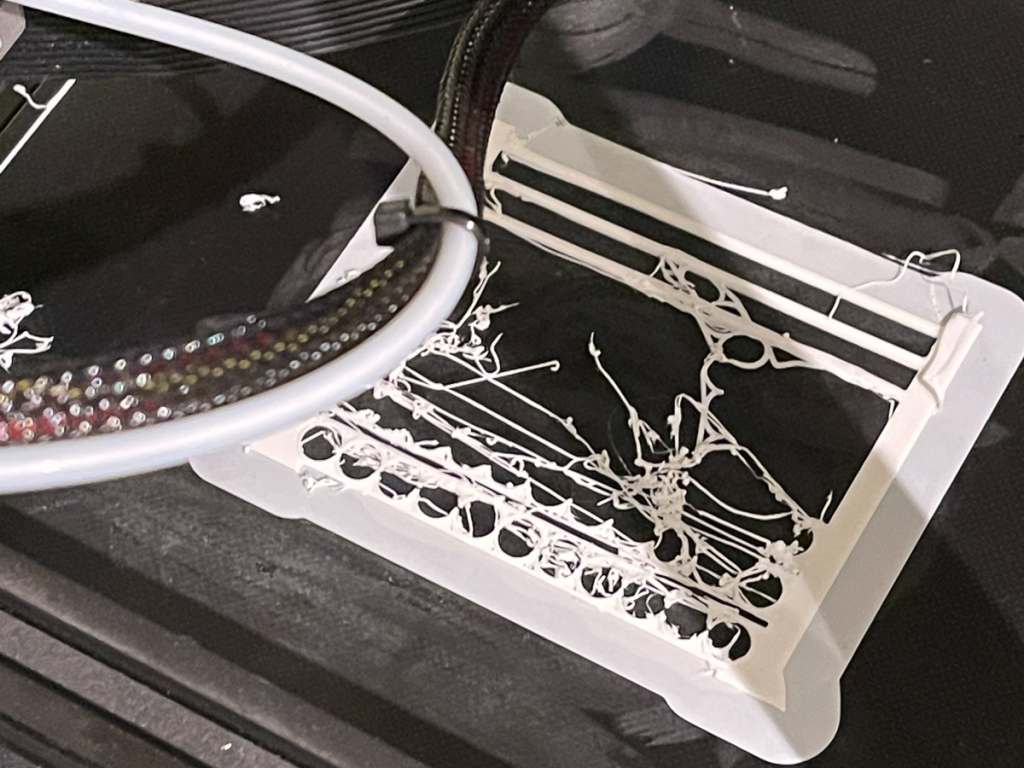
While these obstacles are surmountable, they require time. This means less time behind your camera, and more time scratching your head staring at plastic spaghetti on your printer’s build plate. If you struggle to find time for photography, you will struggle even more trying to keep your printer maintained and running.
Printing & Painting
Another thing to consider is that 3D printing a file is only part of the process. Most times, you’re going to want to paint your print before adding it to a photo. This means in addition to photography and 3D printing, you now have a third hobby, painting.
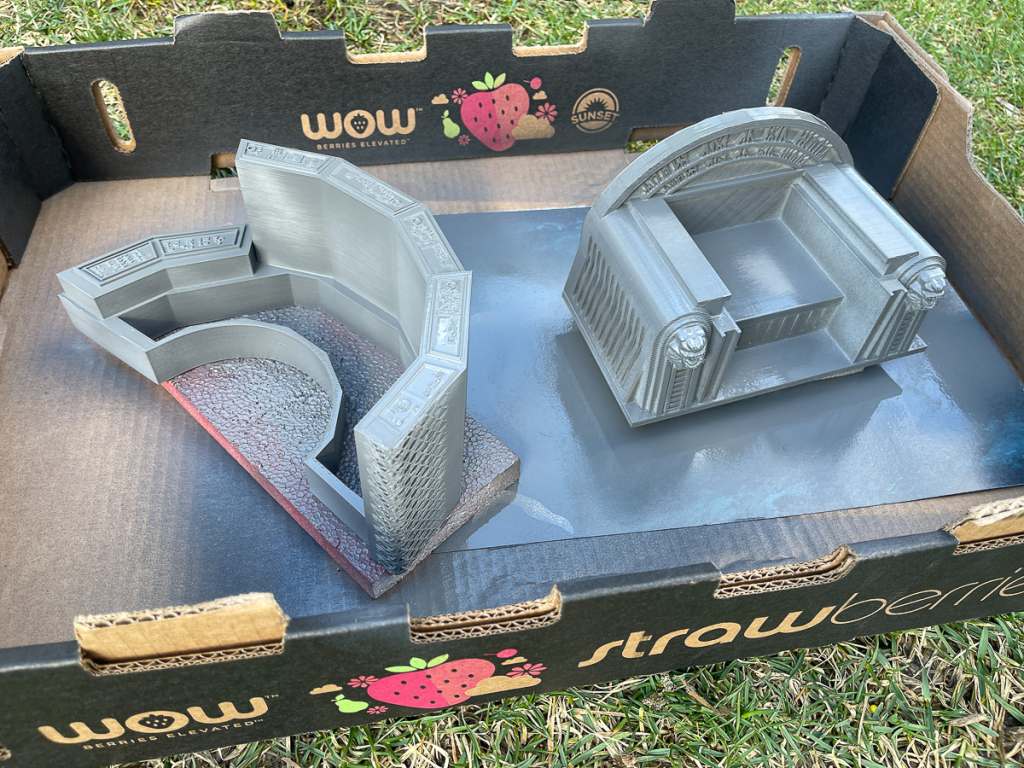
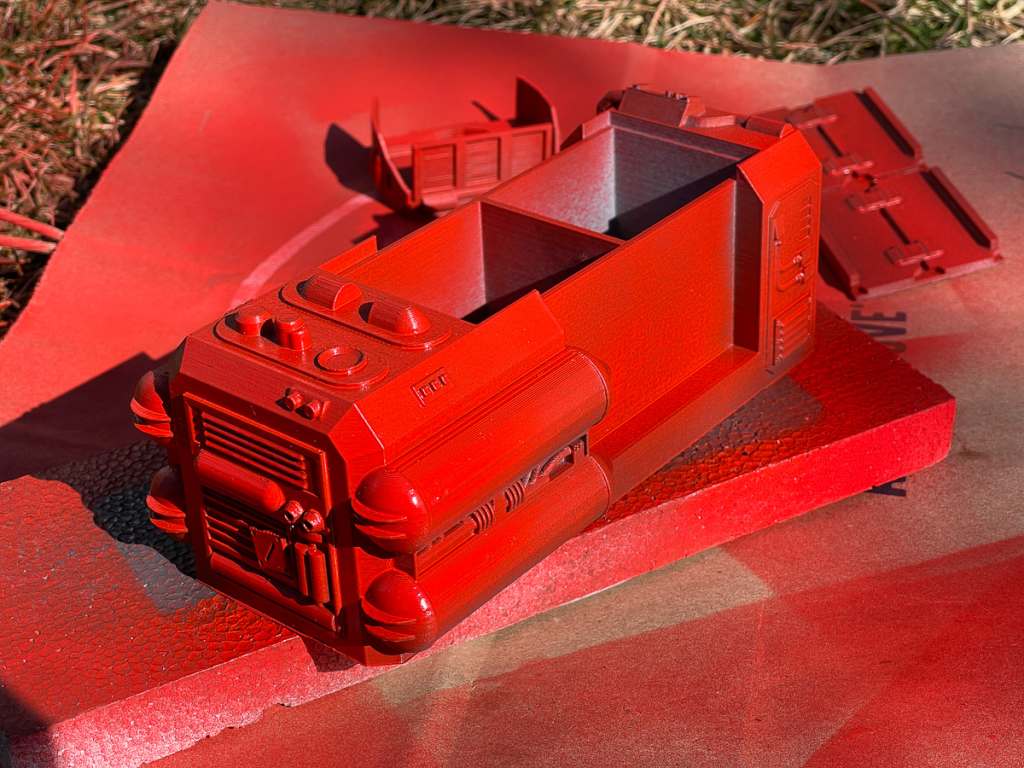
3D prints don’t always come out perfect, and sometimes may require prep work, such as sanding, before painting. While the end results can come out spectacular, getting a print prepped and painted for a photo shoot takes time, even if you just put in the bare minimum amount of effort.
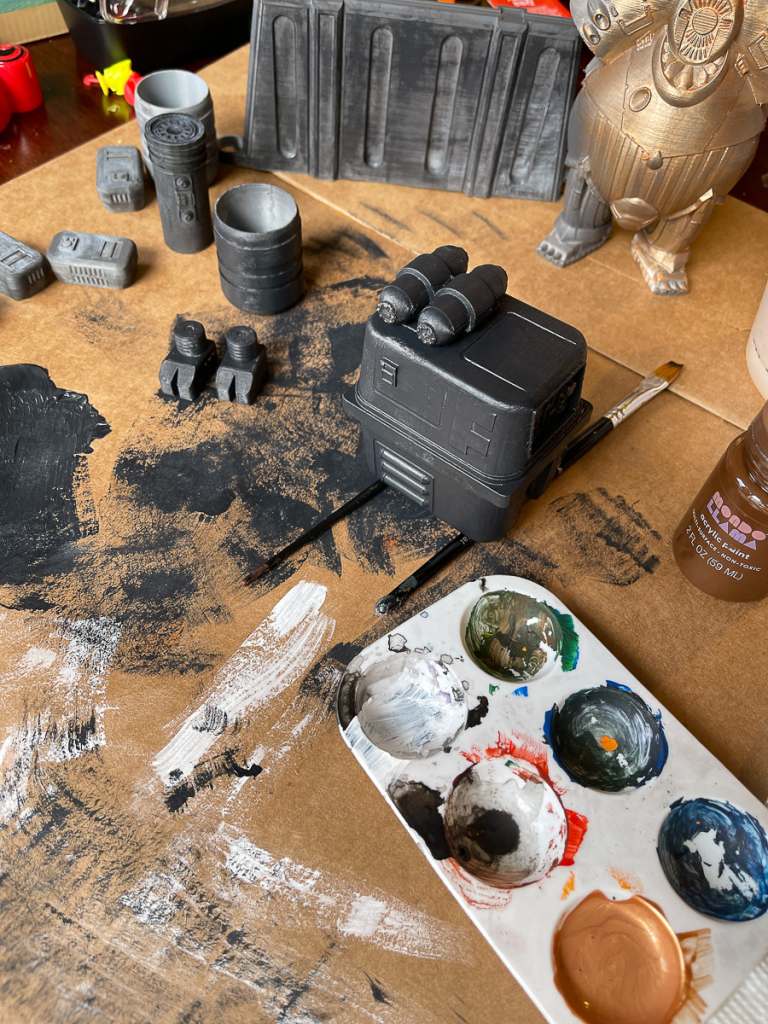
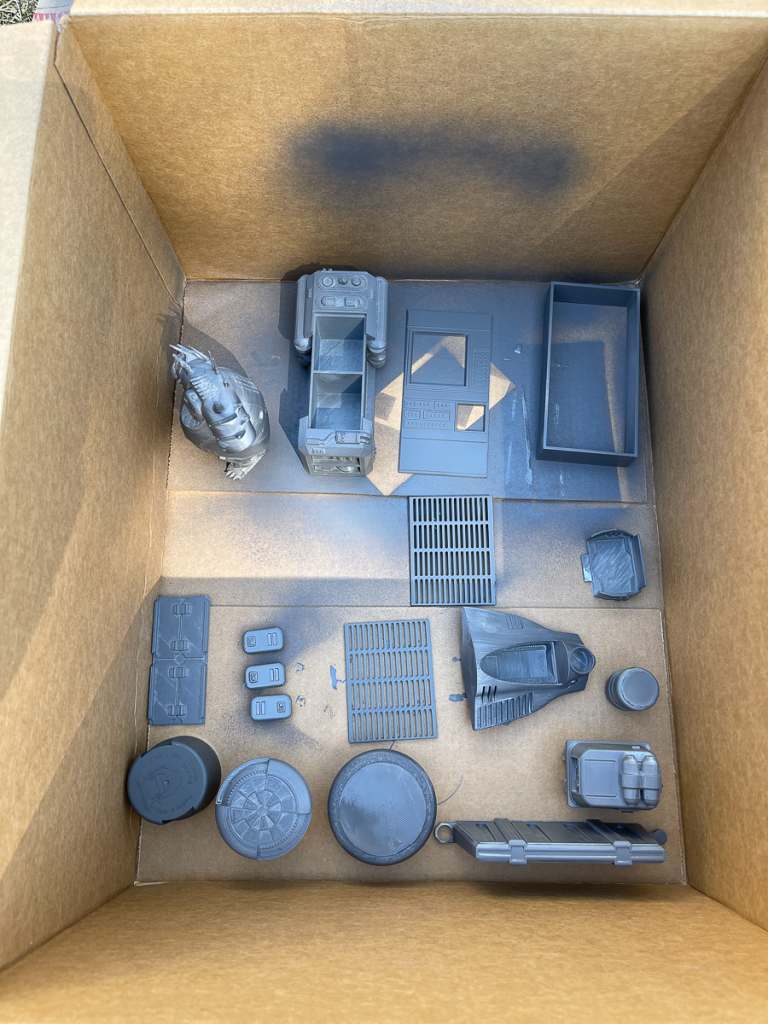
Alongside the effort to paint your prints, is the investment in paint and brushes. While not expensive, storing your paints and painting your prints takes up space. Just more to consider alongside your printer, and 3d consumables (filament, resin, etc).
Should you buy?
If you have time and patience aplenty, then, by all means, go right ahead and dive in. It will take time to get up and running, with frequent, unexpected speedbumps along your journey, but when your prints work, you will no doubt be able to elevate your scene building thanks to 3D printing.
If your time is more limited, or you prefer to stay focused behind your camera, then perhaps it is wiser to stay clear of bringing a 3D printer into your life. This doesn’t mean you need to sit out of the 3D print game completely. There are plenty of opportunities to buy printed, and sometimes even painted items from sellers on the web. Keep in mind, when you go this route you are paying for someone else’s time and effort, so things are priced accordingly.
Ultimately, in the decision to purchase a 3D printer, the only one who can make the call is you. Hopefully, this post gave you some food for thought about making the right call. 3D printers are incredibly capable machines, but they won’t do you any good if you don’t have the time and energy required to invest in them.


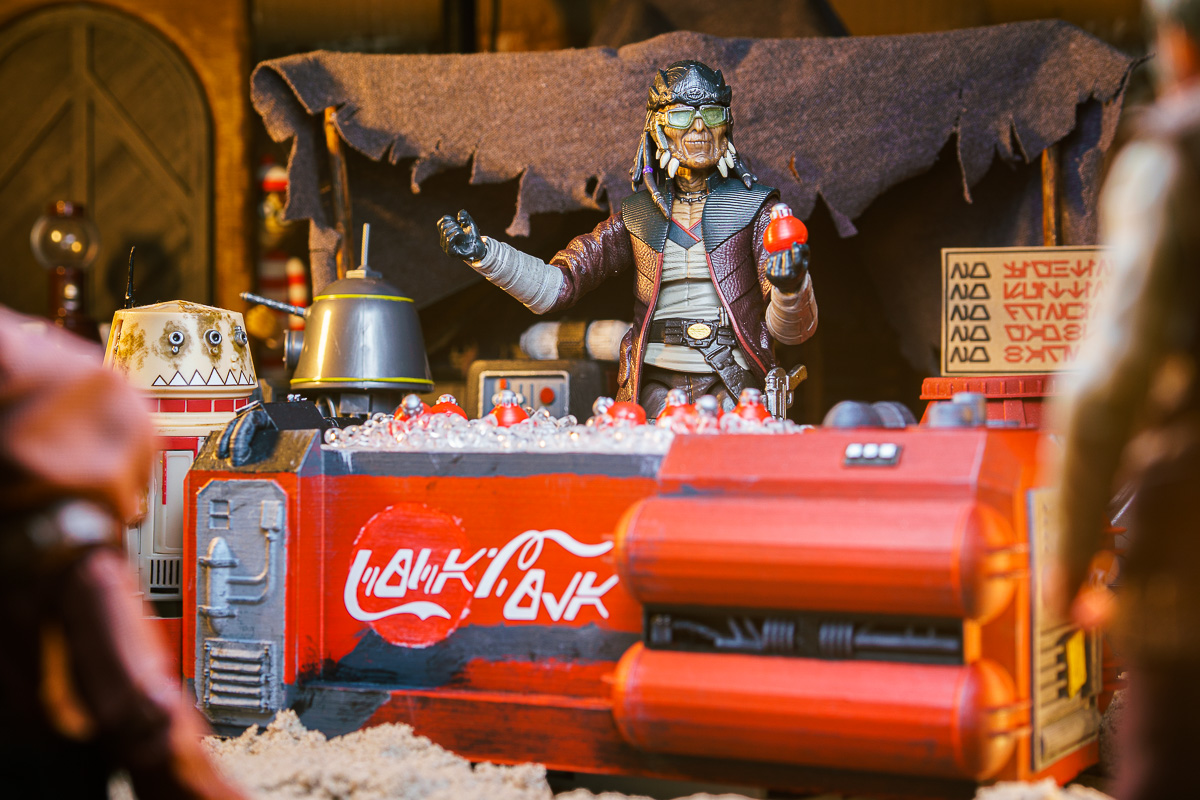



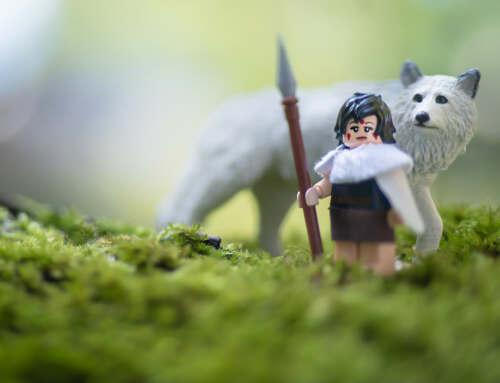
For those that are so inclined, 3D printing is a boon to toy photography. Adding the element of making ones own accessories, and bits for scenery, expands the hobby immensely for me. Instead of spending an hour setting up a shot with pre-bought stuff, I’ve made weeks of indepth creativity just for one shot by making everything that goes into the shot myself. It also allows for the scenery to be exactly what you need it to be.
I would suggest, tho, that if you’re going for 6″ scale or smaller, that a resin printer is the way to go. the resolution of prints is so much better, and the details so much greater, than filament. Filament is better for larger pieces, especially background bits.
I agree Dave, having a 3D printer is an amazing tool for toy photography. I just want to caution those jumping in that it’s not as push-button as I thought it was going to be. If you’re willing to put in the time and effort though, it will be well worth your while.
I haven’t experimented with resin printers, but I do love the results you can get from them. Which printer to get is an entirely different post though 🙂 Cheers!
Great points, Alan.
Great post, Alan! I think you introduced the topic fairly, showing both the benefits and the drawbacks. Our experience is much like Dave’s (previous comment). As a family who enjoys multiple related hobbies, including model building and painting, adding a 3D printer into the mix expanded the types of creative crafting we could do. From designing our own to printing models designed by others, it’s a whole new world of fun. AND frustration, as you touched on. Our first printer was a hand-me-down from a friend (actually, I think all of them have been, now that I think about it) and it had… issues.
But even with that rough start, my engineering hubby worked things out enough for us to have some fun with it, which led to enjoying the next printer, and the next. Looking forward to future articles on the topic!
Relevant topic since I’ve been wanting to dive into filament printing. The new Bambu P1P is set up and print right away but of course there will probably be issues along the way. However, the tinkerer in me loves to fix things so I think that’s half the fun.